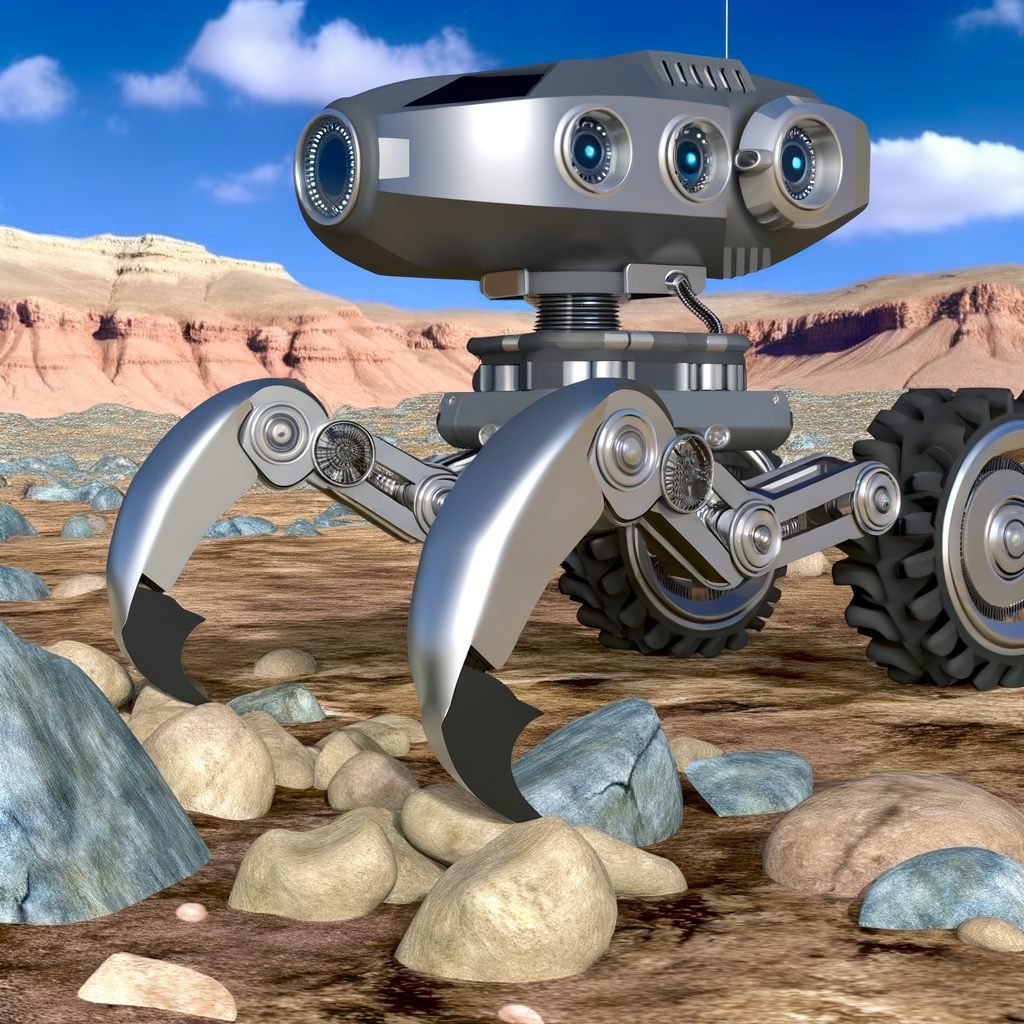Japan’s AI Revolution with NVIDIA
Japan has long been synonymous with innovation, from revolutionizing the automotive industry to spearheading advancements in consumer electronics. Today, Japan is setting its sights on empowering a new technological transformation, and NVIDIA is standing firmly at the center of it.
In this new era of innovation, Japanese business and government leaders are aligning forces with NVIDIA to leverage cutting-edge technologies. They’re building a sovereign platform that not only seeks to strengthen Japan’s technological independence but elevate its position on the global stage. This development signifies not just a technological leap, but also a strategic move to maintain control over critical industries in a rapidly evolving digital age.
Tech Sovereignty in a Changing Landscape
For Japan, fostering sovereignty in tech is more than just a buzzword—it’s a necessity. The country is famous for its talent in hardware manufacturing, but with the world’s focus shifting toward cloud computing, big data, and simulation technologies, the Japanese government and industry leaders are ensuring the country does not lag behind in the new wave of advancements.
Enter NVIDIA, a titan with decades of experience developing advanced GPU technology. The company has provided valuable infrastructure and knowledge to help Japan embark on its technology sovereignty journey.
Japan is not sitting idle. Working with NVIDIA, Japan has created an indigenous tech ecosystem grounded in cloud-based tools, high-performance computing (HPC), and digital twins, making the country better equipped to handle both current and emerging global challenges.
The Role of Omniverse in Japan’s Innovation Ecosystem
Crucial to this revolution is NVIDIA Omniverse, a real-time collaboration and simulation platform designed for building 3D worlds and avatars. For Japan, this tool opens the floodgates to endless possibilities across multiple sectors—from entertainment and visual effects to scientific research, manufacturing, and even urban infrastructure planning.
Think of Omniverse as the ultimate sandbox for Japanese tech professionals, where they can design, simulate and validate concepts across industries. This is especially transformative for Japan’s focus on manufacturing—distinctly known for precision and high-quality outputs. By incorporating Omniverse, companies specialized in robotics, large-scale automation, and automotive manufacturing can now render their concepts in stunning realism and tweak them in real time. This drastically cuts down costs that would have been spent fine-tuning products post hardware development.
Some potential uses of Omniverse in Japan include:
But Omniverse isn’t just a specialized tool for professionals. Japan’s entertainment and gaming industries are also exploring its potential for creating stunning, detailed virtual worlds and characters. With a rich tradition in anime and gaming, Japan is uniquely positioned to build entire digital worlds that push the boundaries of creativity.
A Unique Collaboration Between Government and Industry
What gives Japan an edge in its current technological transformation is the close relationship between its government and private industry. Unlike traditional tech hubs, which rely heavily on Silicon Valley models, Japan looks inward, creating autonomy over its ecosystems while collaborating on the tech front with global leaders like NVIDIA.
Indeed, the Japanese government is showing unprecedented support through programs to boost technological independence and security. Focused investments are being poured into rural areas as well, ensuring that the tech revolution doesn’t only benefit major metropolises such as Tokyo or Osaka.
Why This Matters Globally
Japan’s digital transformation is not happening in a vacuum. Global competitors are racing to secure dominance in high-performance computing, automation, and other forward-thinking technologies. What happens in Japan matters to the rest of the world economically, politically, but also culturally. Japan’s embrace of forward-thinking platforms like Omniverse will no doubt ripple across borders, influencing other countries to adopt similar frameworks.
Moreover, global data strategies are under scrutiny, and many western nations are moving toward tighter control over technological infrastructure. Japan, with its blend of self-reliance and universal collaboration via partners like NVIDIA, is showcasing a novel approach that reflects national pride and global competence. And as geopolitical tensions rise, staying at the forefront of innovation offers nations the means to protect their interests.
What’s on the Horizon?
The partnership with NVIDIA and the growing trend toward tech sovereignty signal that Japan has entered a new innovation chapter. By focusing on creating a self-reliant and independent tech sector, Japan is asserting its place as a global leader in next-gen technologies.
The integration of tools such as Omniverse and high-performance computing strengthens that vision. But this revolution is about more than lifting Japan to tech stardom. It’s about reshaping how nations should think about sovereignty in an increasingly digitized world.
Who knows? Maybe the rest of the world will soon be borrowing more than sushi and karaoke from Japanese culture—they might just follow its blueprint for tech revolution too.
Final thoughts: In a future shaped by digital transformation, it’s exciting to see how Japan is positioning itself as a leader not just in traditional hardware and software but in controlling its own digital narrative. Armed with collaboration and cutting-edge tools, Japan’s romance with technological sovereignty is just beginning—and it’s going to be a thrilling ride.

